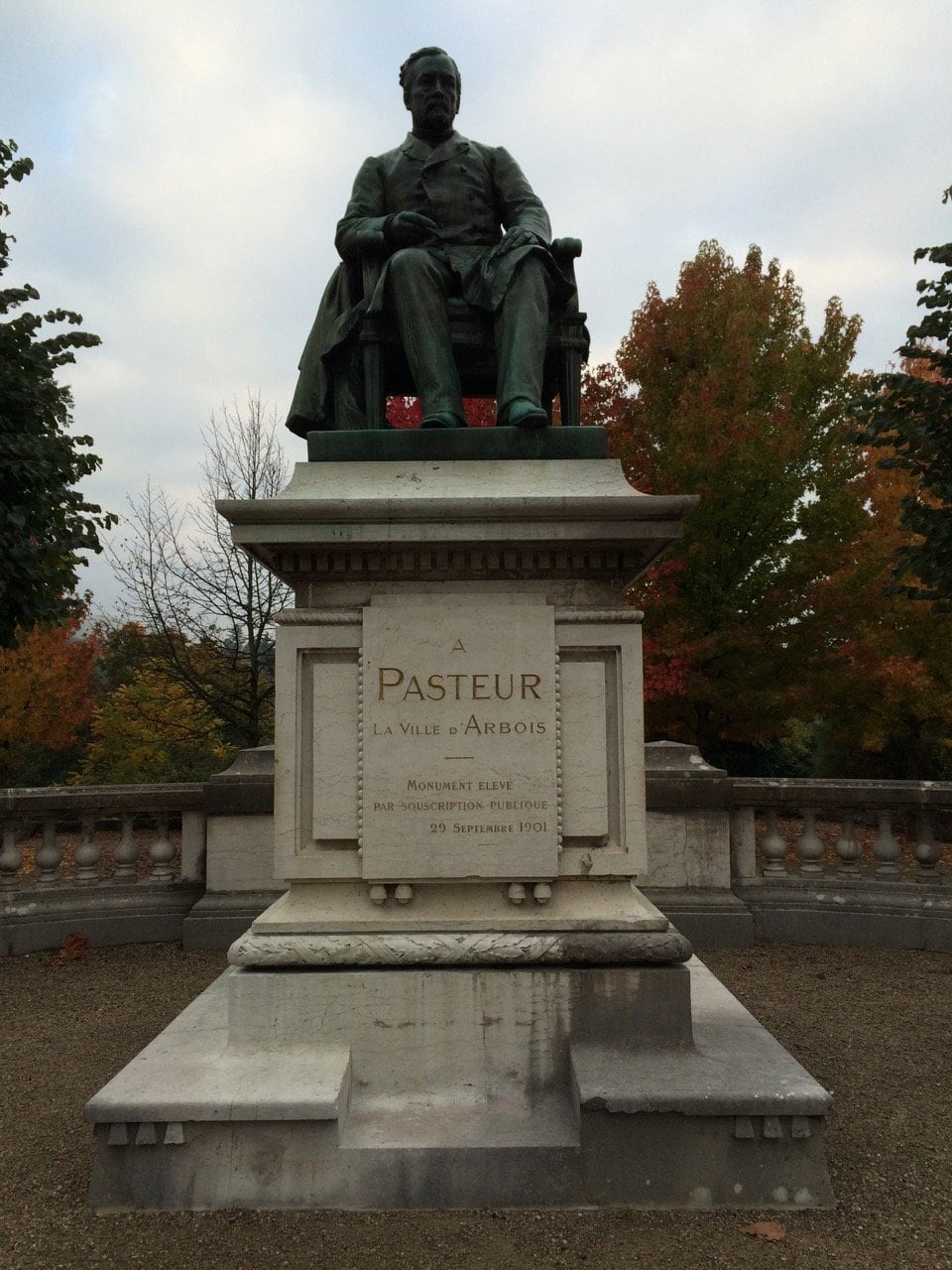Rå eller upasteurisert, det er spørsmålet. Det skaper innimellom litt forvikling og forvirring at jeg snakker om rå melk og ikke upasteurisert. Jeg prøver å være konsekvent med å bruke rå melk, men det finnes sikkert steder her inne hvor jeg har brukt upasteurisert. Jeg skal prøve å forklare både hva forskjellene er og hvorfor jeg foretrekker å bruke betegnelsen rå melk. Men først må jeg forklare et et begrep vi har på norsk, men som ikke gjelder på noe annet(!) språk – som jeg vet i hvert fall. Det er begrepet råmelk som brukes flittig om hva det er, men like ofte om hva det ikke er. Råmelk er det samme som Colostrum. Altså den melken babyer får når de ammes. Eller kalver, lam eller kje osv, rett etter fødselen. Vi er nå pattedyr alle sammen.

Rå = Ubehandlet
Rå melk er melk som er ubehandlet. På samme måte som rå grønnsaker er rå, ikke kokt eller behandlet på annen måte. Ikke noe spesielt hokus pokus det der. Mens det er veldig vanlig å snakke om nettopp rå grønnsaker, rå fisk eller rått kjøtt, så er rå melk et ukjent bekrep for de fleste. Kanskje fordi det har vært prøvt å fremstille rå melk som noe av det farligste du kan få i deg her i verden.
Rå eller upasteurisert?
Mens jeg bruker rå melk, er det nok vanligst å bruket bekrepet upasteurisert melk. Men er det likhetstegn mellom dem? Svaret er nei. Upasteurisert melk trenger ikke å bety at melken er rå. Det kan bety det, men det er ikke gitt. Rå melk er alltid upasteurisert, men upasteurisert melk er altså ikke alltid rå.
Hva er pasteurisering?
Det kan jo være nyttig å klargjøre. Pasteurisering er oppvarming av melken (det er veldig mye som kan pasteuriseres, men nå snakker vi om melk) til ca 75 grader C i 15 sekunder, for så å hurtigkjøle den til 4 grader C. Det finnes andre alternativer også, men dette er den mest vanlig formen. Noen velger å kalle det lavpasteurisering, men er melken pasteurisert så er den det. Litt som at er en kvinne gravid, så er hun det. Om det er et resultat av lang, het og inderlig sex eller «wham bam, thank you Mam» er ikke så viktig i denne sammenhengen. Resultatet er det samme. Nok om det. Pasteurisering tar da livet av alle eventuelle sykdomsframkallende bakterier i melken og alle gode som definitivt er der.
Kravet for å kunne være rå melk
Rå melk er i henhold til Codex Alimentarius melk som ikke har vært varmet opp til over 40 grader C. Straks melk bikker 40 grader så kan den ikke defineres som rå lenger. Men den er fremdeles langt unna å være pasteurisert. Så har vi i tillegg termisering av melken, oppvarming til 62 til 65 grader i 15 til 20 sekunder. Denne metoden blir gjerne brukt der man trenger å lagre melken noen dager før ysting.
Derfor bruker jeg benevnelsen rå melk og ikke upasteurisert.
Noen vil si dette er flisespikkeri, men jeg tenker at hvis jeg aksepterer upasteurisert som begrep, så aksepterer jeg at pasteurisert er standarden eller utgangspunktet. Det er det jo ikke. All melk som kommer ut av juret er rå.
